
Kendall County is a county located on the Edwards Plateau in the U.S. state of Texas. In 2020 census, its population was 44,279. Its county seat is Boerne. The county is named for George Wilkins Kendall, a journalist and Mexican–American War correspondent.

Fredericksburg is a city in, and the seat of, Gillespie County, Texas, United States. As of the 2010 Census, this city had a population of 10,530.
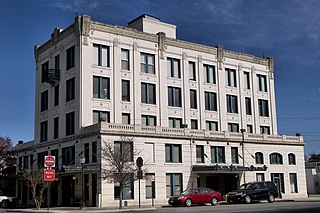
Seguin is a city in and the county seat of Guadalupe County, Texas, United States; as of the 2020 census, its population was 29,433. Its economy is primarily supported by a regional hospital, as well as the Schertz-Seguin Local Government Corporation water-utility, that supplies the surrounding Greater San Antonio areas from nearby aquifers as far as Gonzales County. Several dams in the surrounding area are governed by the main offices of the Guadalupe-Blanco River Authority, headquartered in downtown Seguin.
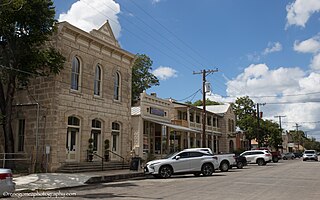
Comfort is an unincorporated community and census-designated place (CDP) in Kendall County, Texas, United States. As of the 2010 census, it had a population of 2,363. Comfort was founded by German emigrants on the western end of the Texas-German belt. Many residents of the town today are descendants of those same Germans. Comfort is known for its German Heritage and large ranches outside of town.

Floresville is a city in Wilson County, Texas, United States. According to the U.S. Census Bureau, its population was at 7,203 at the 2020 Census. It is the county seat of Wilson County. The city is also part of the San Antonio metropolitan statistical area.
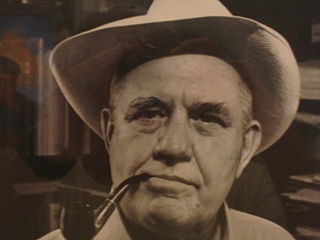
James Frank Dobie was an American folklorist, writer, and newspaper columnist best known for his many books depicting the richness and traditions of life in rural Texas during the days of the open range. He was known in his lifetime for his outspoken liberal views against Texas state politics, and he carried out a long, personal war against what he saw as braggart Texans, religious prejudice, restraints on individual liberty, and the mechanized world's assault on the human spirit. He was instrumental in saving the Texas Longhorn breed of cattle from extinction.

Nelson William Wolff is a retired American judge and Democratic politician from San Antonio, Texas. He represented Bexar County in the Texas House of Representatives from 1971 to 1973 and the Texas Senate from 1973 to 1975. He served on the San Antonio City Council from 1987 to 1991 and then as mayor of San Antonio from 1991 to 1995. He served as Bexar county judge from 2001 until December 31, 2022.
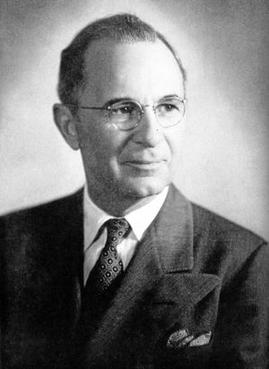
William Thomas Gilcrease was an American oilman, art collector, and philanthropist. During his lifetime, Gilcrease collected more than 10,000 artworks, 250,000 Native American artifacts and 100,000 rare books and documents, including the only surviving certified copy of the Declaration of Independence. He was the founder of Gilcrease Museum in Tulsa, Oklahoma. In 1971, he was inducted into the Hall of Great Westerners of the National Cowboy & Western Heritage Museum.
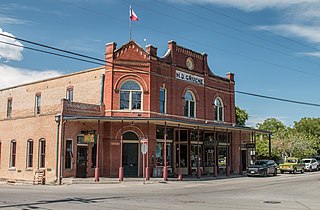
Gruene is a German-Texan town in Comal County in the U.S. state of Texas. Once a significant cotton-producing community along the Guadalupe River, the town has now shifted its economy to one supported primarily by tourism. Gruene, a German surname, is now a district within the city limits of New Braunfels, and much of it was listed in the National Register of Historic Places on April 21, 1975. The city is known for its German-Texan heritage and architecture and many residents of Gruene and New Braunfels are descendants of the first German settlers.

Gilcrease Museum, also known as the Thomas Gilcrease Institute of American History and Art, is a museum northwest of downtown Tulsa, Oklahoma housing the world's largest, most comprehensive collection of art of the American West, as well as a growing collection of art and artifacts from Central and South America. The museum is named for Thomas Gilcrease, an oil man and avid art collector, who began the collection. He deeded the collection, as well as the building and property, to the City of Tulsa in 1958. Since July 1, 2008, Gilcrease Museum has been managed by a public-private partnership of the City of Tulsa and the University of Tulsa. The Helmerich Center for American Research at Gilcrease Museum was added in 2014 at a cost of $14 million to provide a secure archival area where researchers can access any of the more than 100,000 books, documents, maps and unpublished materials that have been acquired by the museum.

Woodrow Wilson Crumbo (Potawatomi) was an artist, Native American flute player, and dancer who lived and worked mostly in the West of the United States. A transcript of his daughter's interview shows that Mr. Crumbo was born on January 31, 1912, so there is a discrepancy of the date until confirmation. As an independent prospector in New Mexico in the late 1950s, he found one of the largest beryllium veins in the nation, valued at millions of dollars.

Sisterdale is an unincorporated farming and ranching community established in 1847 and located 13 miles (21 km) north of Boerne in Kendall County, in the U.S. state of Texas. The community is located in the valley of Sister Creek. The elevation is 1,280 feet (390 m).

Wilhelm Carl August Thielepape, was an architect, engineer, teacher, photographer, and lithographer. He was mayor of San Antonio, Texas, during part of the Reconstruction era, and later an attorney in Chicago, Illinois.

Welfare is an unincorporated community 4 miles (6 km) southeast of Waring on the Waring-Welfare Road in west-central Kendall County, in the U.S. state of Texas. The school was designated a Recorded Texas Historic Landmark in 2000.

Alfred Giles was a British architect who emigrated to the United States in 1873 at the age of 20. Many of the private homes and public buildings designed by Giles are on the National Register of Historic Places and have been designated Recorded Texas Historic Landmarks. Based in San Antonio, his buildings can be found predominantly in south Texas and northern Mexico. Giles is credited with "a profound influence on architecture in San Antonio."

The Edward Steves Homestead is located in the Bexar County city of San Antonio in the U.S. state of Texas. It was designed by architect Alfred Giles and designated a Recorded Texas Historic Landmark. The main house was donated to the San Antonio Conservation Society in 1952. The organization completely restored the main house as a museum, and now conducts daily tours. The complete homestead property consists of four individual structures: the main house museum, the carriage house, the river house, and the servants' quarters. It is listed on the National Register of Historic Places listings in Bexar County, Texas, as a contributing structure of the King William Historic District.
The following is a timeline of the history of the city of Tulsa, Oklahoma, United States.
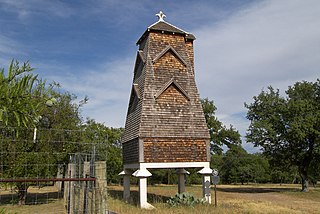
The Hygieostatic Bat Roost is located in Kendall County, approximately 1.5 miles (2.4 km) east of Comfort on the south side of RM 473, in the U.S. state of Texas. It was erected in 1918 on property owned by former San Antonio Mayor Pro Tem Albert Steves, who had commissioned San Antonio health officer Dr. Charles A. R. Campbell to design the structure. The shingled pyramid-shaped raised tower stands 30 feet (9.1 m) high. One dormer serves as an entrance for the bats, while the other dormers are ornamental. The lower portion of the tower allows access for humans. The concrete base of the tower is raised 7 feet (2.1 m) off the ground, facilitating wagons being driven beneath to collect the guano.
The following is a timeline of the history of the city of Mountain View, California, USA.
The King William Historic District of San Antonio, Texas was listed on the National Register of Historic Places listings in Bexar County, Texas on January 20, 1972. The area was originally used as farm acreage by the Spanish priests of the Misión San Antonio de Valero, and eventually parceled off for the local indigenous peoples of the area. In addition to residential homes, the district also includes the King William Park and Bandstand originally built in 1892 on the arsenal grounds, and later moved to its current location. Other features are the Upper Mill Park, the King William River Walk, and the Johnson Street pedestrian bridge.






















